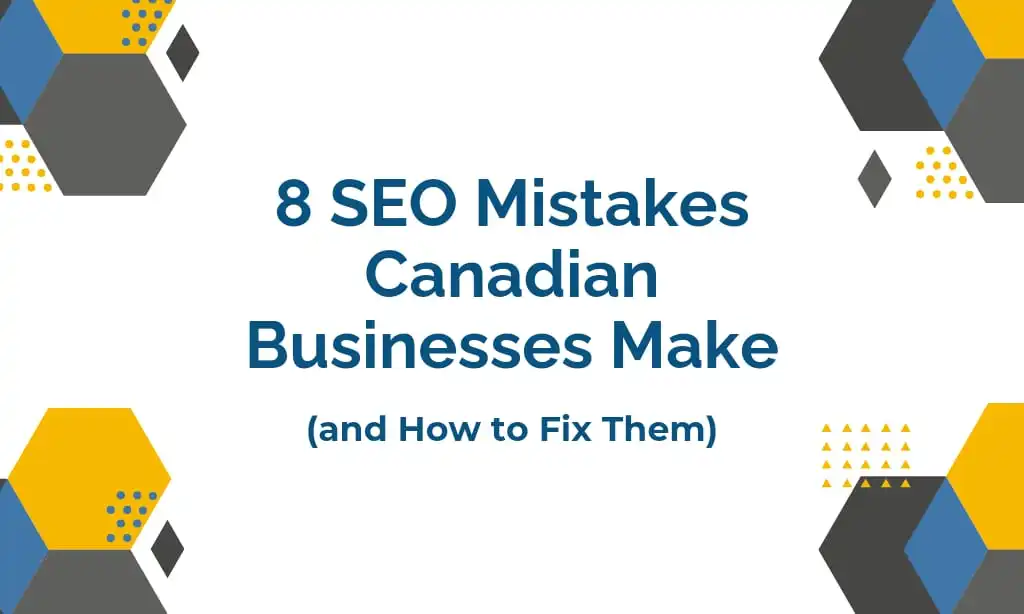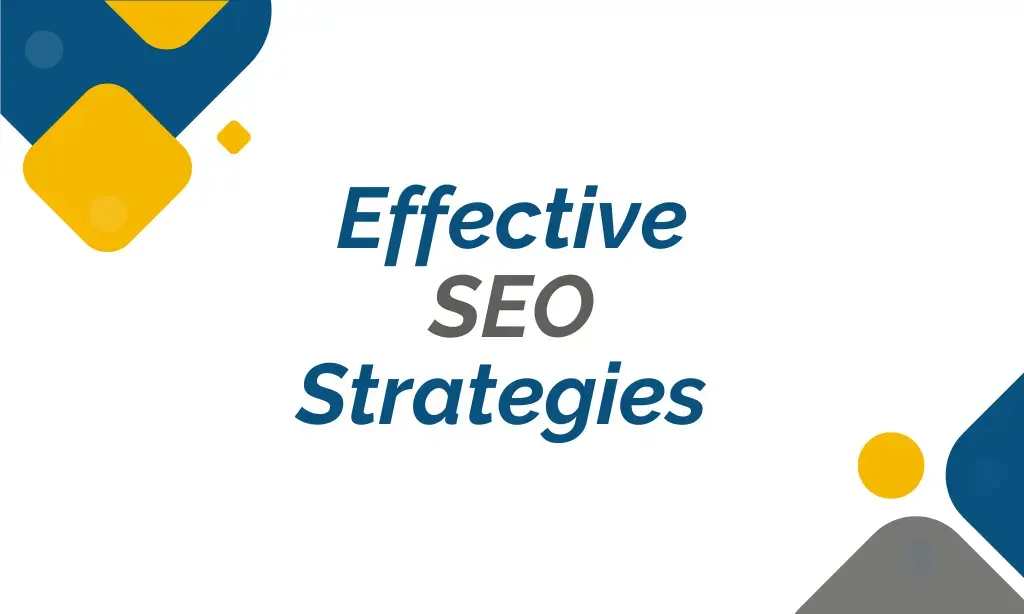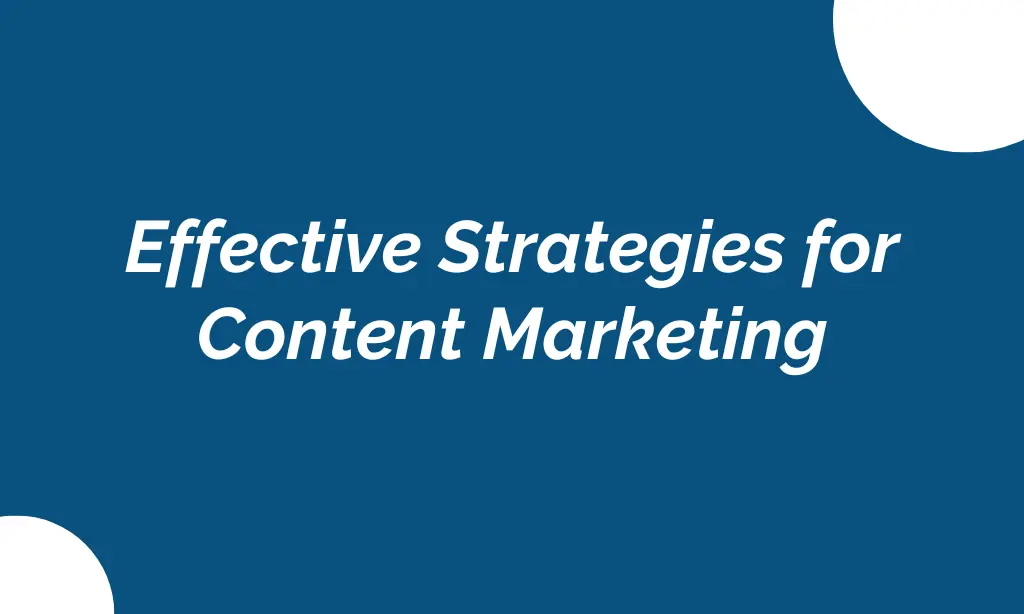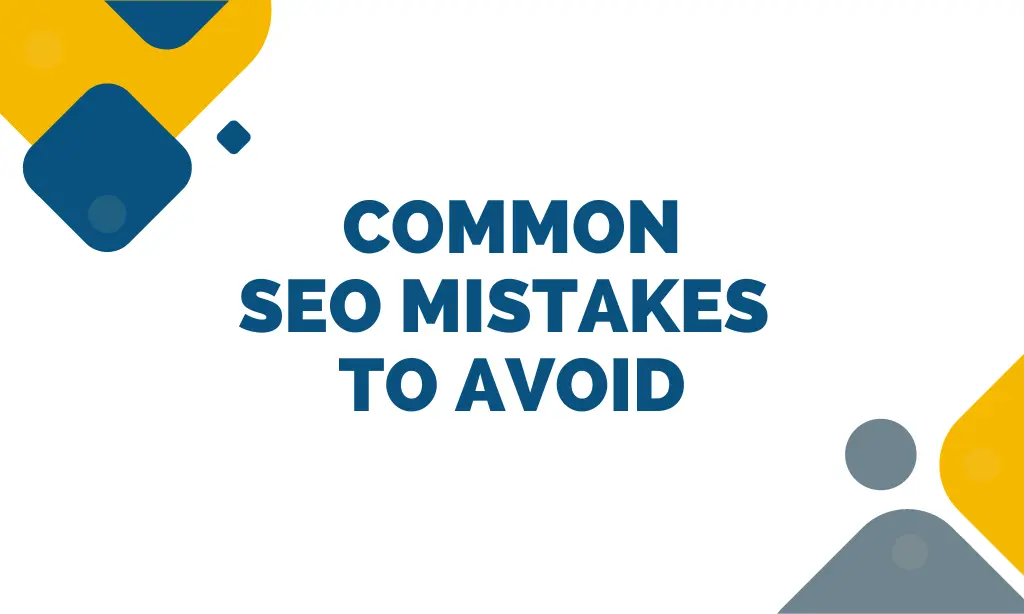Blog
Blog
What are the Benefits of Hiring a Local SEO Agency in Canada
What are the Benefits of Hiring a Local SEO Agency in Canada In the modern age of technology, having a strong online occurrence is crucial ...
April 1, 2024
Blog
Blog
LINK BUILDING AND HOW IT WORKS
Link Building And How It Works Link building is the cornerstone of SEO best practices and drives organic traffic, it should come as no surprise ...
March 26, 2024
Blog
Blog
8 SEO Mistakes Canadian Businesses Make (and How to Fix Them)
8 SEO Mistakes Canadian Businesses Make (and How to Fix Them) In the constantly evolving world of digital marketing, having effective SEO strategies is crucial ...
February 21, 2024
Blog
Blog
Effective SEO Strategies
Effective SEO Strategies We are living in a constantly evolving world. Implementing effective SEO tactics is critical for improving your website’s exposure and rating in search engine ...
February 1, 2024
Blog
Blog
Cyber Security Measures
Cyber Security Measures In this ever-changing digital realm, protecting your digital assets is like navigating a dense jungle full of invisible risks. The need for strong ...
January 23, 2024
Blog
Blog
Trends and Predictions of Digital Marketing In 2024
Trends and Predictions of Digital Marketing In 2024 Now that we have stepped into a new year 2024, Businesses and marketers must comprehend the digital future ...
January 16, 2024
Blog
Case Study
Case Study: Westoak Dental Care
Client Details: Westoak Dental is a dental care center specializing in emergency, family, and cosmetic dentistry, with multiple locations possibly in Oakville, ON Dental Care ...
December 12, 2023
Case Study
Blog
Do’s and Don’ts for Holiday Season Marketing
Do’s and Don’ts for Holiday Season Marketing The holiday season is the peak time of year for many e-commerce business enterprises. Whether it’s updating your landing ...
November 29, 2023
Blog
Blog
Effective Strategies for Content Marketing
Effective Strategies for Content Marketing The world we live in is ever-evolving. Businesses are succeeding more than ever by using effective content marketing. Creating engaging ...
November 10, 2023
Blog
Blog
Common SEO Mistakes to Avoid
Common SEO mistakes to Avoid Did You Know: 90.88% of all pages (from an index of 1 billion pages in their content explorer tool) receive no ...
October 31, 2023
Blog Content Writing









